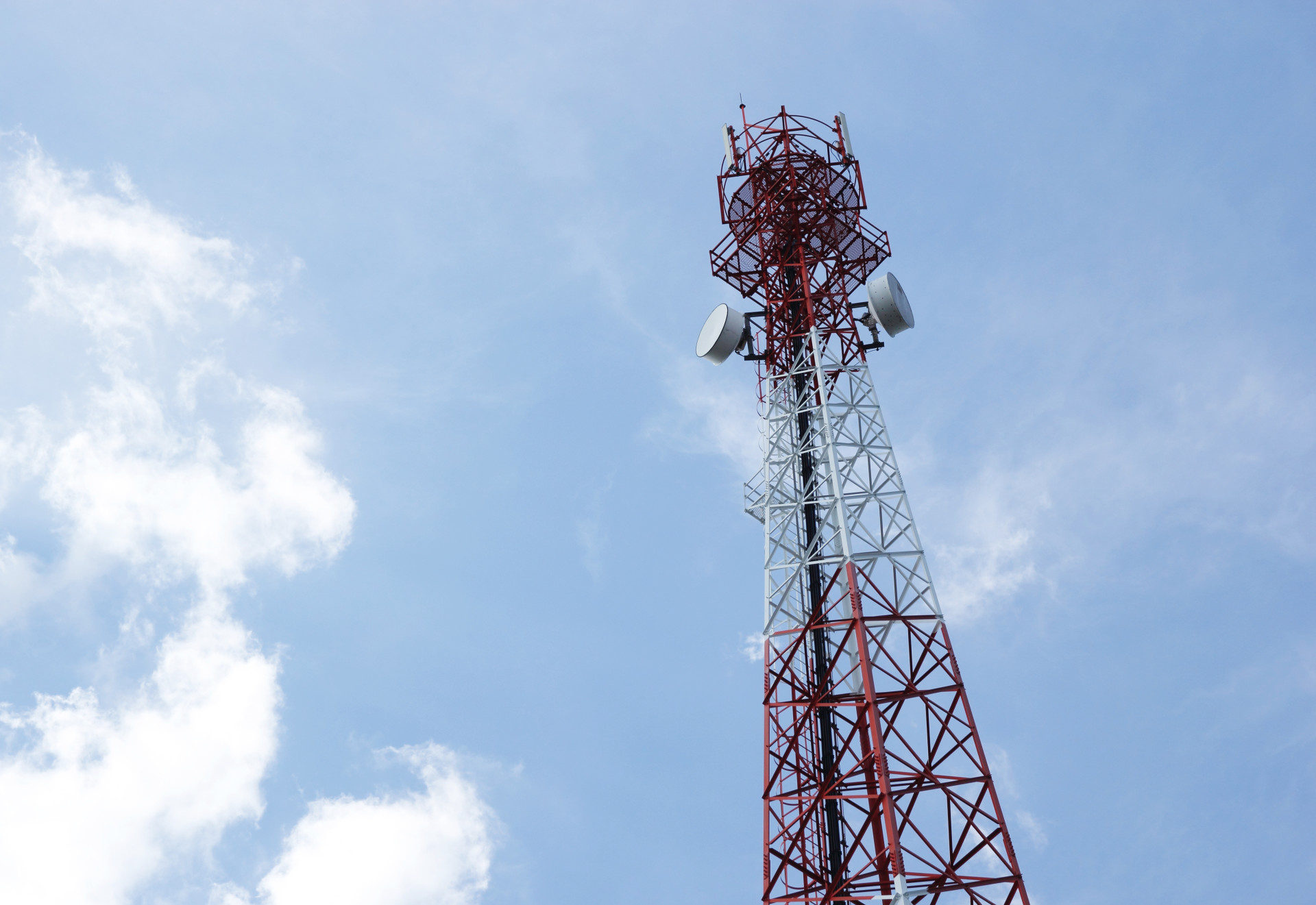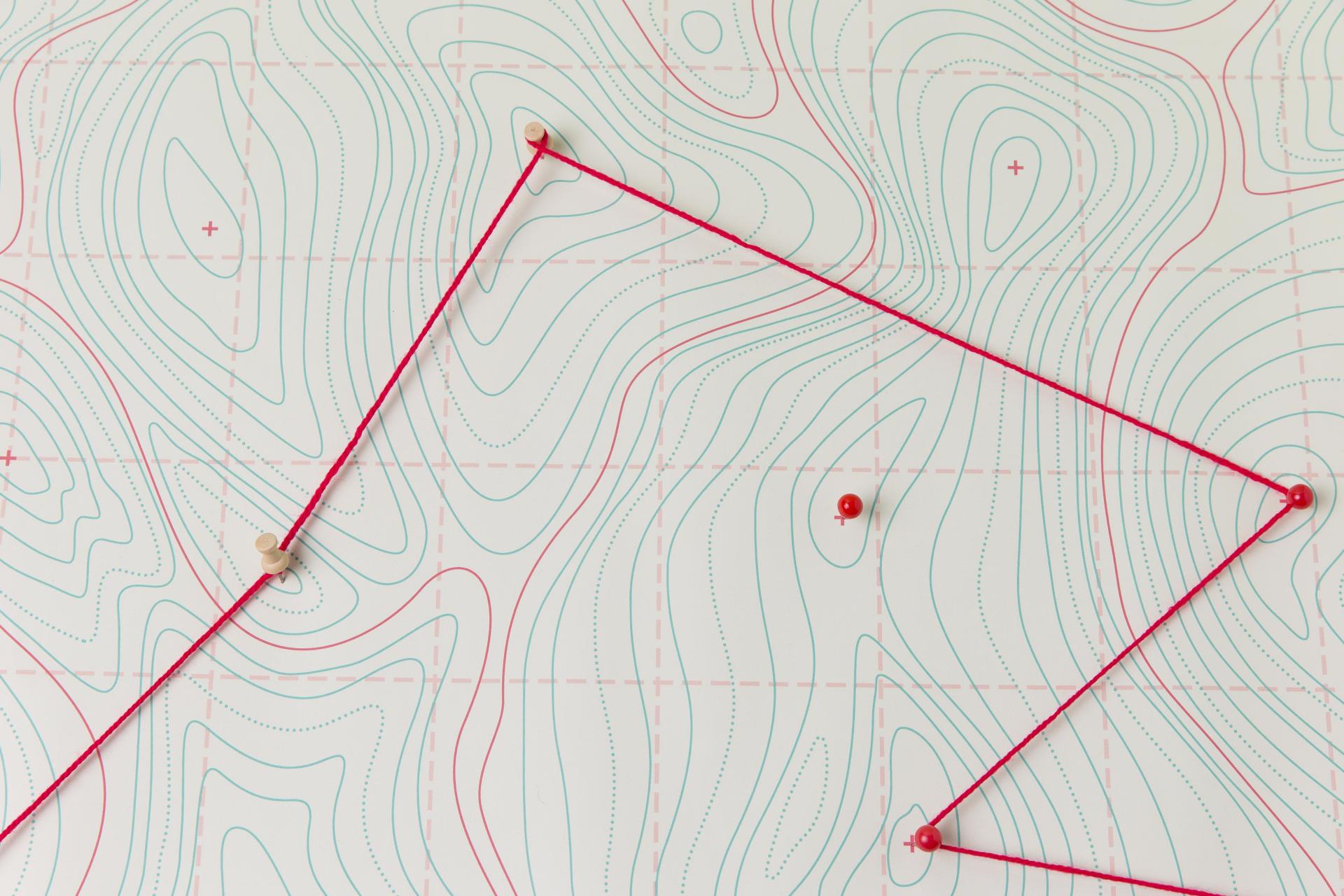Intelligence gathering has undergone a significant transformation over the centuries. From the rudimentary methods of ancient civilizations to the intricate espionage tactics of the Cold War, the advent of digital technology has ushered in a new era. This digital revolution has redefined intelligence gathering, introducing sophisticated tools and methodologies that enhance the ability to collect, analyze, and interpret vast amounts of data.
Impact of AI, Machine Learning, and Big Data
Artificial intelligence (AI) and machine learning (ML) have dramatically changed the landscape of intelligence gathering. These technologies enable the processing and analysis of large datasets at unprecedented speeds, allowing for the identification of patterns and anomalies that would be impossible for human analysts to detect. AI-driven algorithms can sift through enormous amounts of data from diverse sources such as social media, emails, and surveillance footage, transforming raw data into actionable insights.
For instance, AI models like SegmentAnything and Skoltech have been used for tasks such as image segmentation and 3D reconstruction, enhancing capabilities in geospatial intelligence (GEOINT) and signals intelligence (SIGINT) (AI Index). Combining AI with big data analytics allows intelligence agencies to predict potential threats, uncover hidden connections, and comprehensively understand various situations (CSIS).
Technological Tools and Software for Each Intelligence Type
Human Intelligence (HUMINT)

Human Intelligence involves gathering information through interpersonal contact and direct engagement with sources. Advanced surveillance systems and digital communication tools are pivotal in modern HUMINT, enhancing the ability to monitor, track, and securely communicate with operatives.
Advanced Surveillance Systems: High-resolution cameras and facial recognition software improve the monitoring and tracking of individuals.
Digital Communication Tools: Secure communication platforms protect operatives’ identities and facilitate clandestine operations.
Signals Intelligence (SIGINT)

Signals Intelligence focuses on intercepting and analyzing electronic communications and signals. Interception tools and cryptanalysis software are critical in capturing and decrypting communication signals to gather vital information.
Interception Tools: Software-defined radios (SDRs) and signal interception technologies capture communication signals, including encrypted messages.
Cryptanalysis Software: These tools break encrypted communications, providing access to otherwise inaccessible information.
Geospatial Intelligence (GEOINT)

Geospatial Intelligence involves collecting and analyzing geographic data from satellite imagery and other remote sensing technologies. Geospatial analysis software and high-resolution satellite imagery are key components in understanding and utilizing spatial information.
Satellite Imagery: High-resolution satellite imagery and remote sensing technologies provide detailed geographic information essential for military and strategic planning.
Geospatial Analysis Software: Geographic Information Systems (GIS) enable the analysis and visualization of spatial data, aiding in interpreting complex geographical information.
Cyber Intelligence (CYBINT)

Cyber Intelligence is centered on protecting digital infrastructure by monitoring network activities and analyzing cyber threats. Intrusion detection systems and forensic analysis software are critical in identifying and mitigating cyberattacks.
Intrusion Detection Systems: Advanced cybersecurity tools monitor network traffic and detect potential cyber threats in real-time.
Forensic Analysis Software: Digital forensic tools analyze compromised systems to identify the source and extent of cyberattacks.
Future Trends in Intelligence Gathering Technology

The future of intelligence gathering will be shaped by continuous advancements in technology:
Quantum Computing: Quantum computers will revolutionize cryptography and data processing, providing unprecedented computational power for intelligence analysis.
Autonomous Systems: Drones and AI-equipped vehicles will enhance surveillance and reconnaissance capabilities, offering real-time data collection and analysis.
Internet of Things (IoT): The proliferation of IoT devices will create new data sources for intelligence gathering, allowing for more comprehensive monitoring of activities and environments.
Enhanced AI Integration: Integrating AI with various intelligence platforms will continue to improve data analysis accuracy and efficiency, providing deeper insights and faster decision-making.
Conclusion
Technology plays an indispensable role in modern intelligence gathering. Technological advancements have revolutionized the methods used to collect, analyze, and utilize intelligence, from AI and big data to advanced surveillance systems and cybersecurity tools.
As we progress, emerging technologies promise to further enhance these capabilities, ensuring intelligence agencies stay ahead in an ever-evolving global landscape.
By embracing these innovations, we can create a safer and more secure world, leveraging technology to uncover the unseen and understand the unknown.



